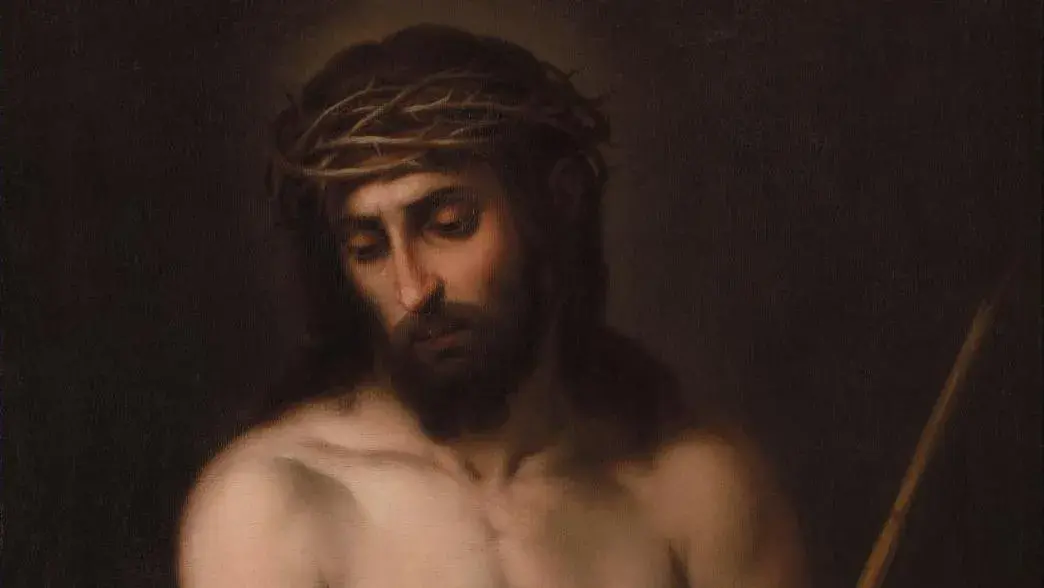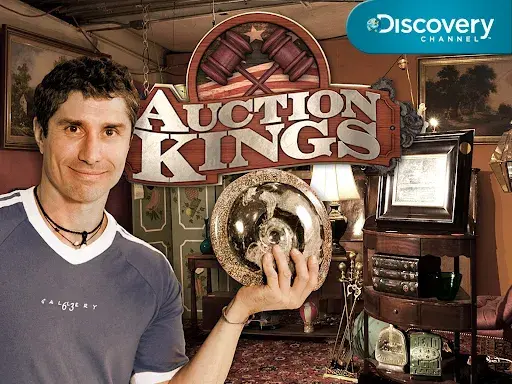Murillo: A Spanish Painting Owned by an English Lord
Published on

The recent history of this Ecce Homo is worthy of a British-style detective story, but it also reveals much about the mysteries still in store for the Seville painter. Bartolomé Esteban Murillo (1617-1682), Ecce Homo, oil on canvas, 99 x 73 cm/38.9 x 28.74 in, on the back, on the stretcher, handwritten annotation in black pencil: “Murillo”; two printed labels, one relating to the Leeds exhibition of 1868.Estimate: €200,000/300,000 Among the most eloquent pages of Francis Haskell's art-historical bible, Rediscoveries in Art, those devoted to the reception of Spanish painting in English collections are extremely instructive. The author recalls that general opinion remained hostile to what









